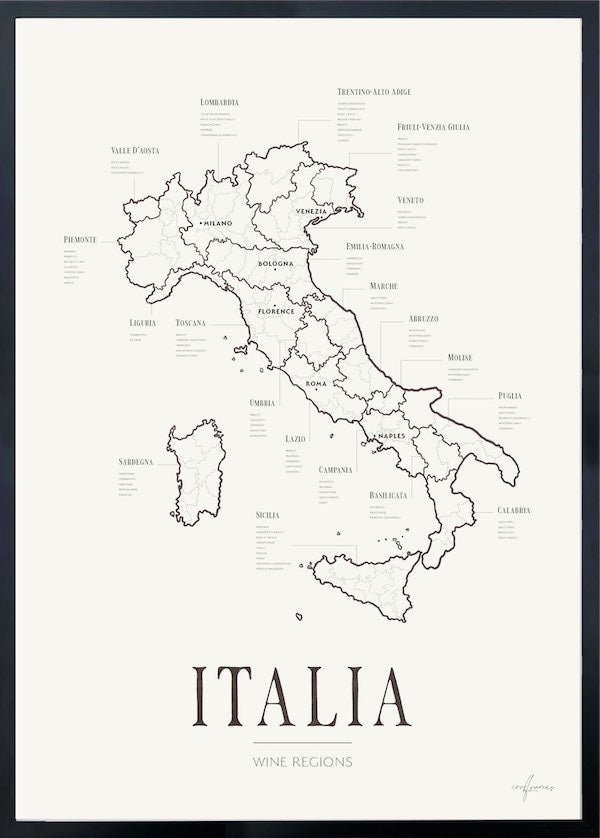When someone mentions curry, many people think of a yellow spice in a jar in the kitchen cupboard. But curry is much more than that – and technically, it’s not even a spice. It’s actually a broad term for a variety of dishes where spices take the lead role.
Curry Doesn’t Mean the Same Thing Everywhere
The word curry originates from South India, where the Tamil word "kari" means sauce or gravy. When the British colonized India in the 1700s, they began using the word "curry" as a general term for the spiced dishes they encountered – and the concept spread to the Western world. Today, the word curry means different things depending on where you are:
-
In the West: often synonymous with "yellow curry" – a pre-mixed spice blend.
-
In India: not a specific dish, but a variety of preparations using different spice bases and cooking methods.
-
In Thailand: curry refers to chili-based pastes – red, green, or yellow – mixed with coconut milk into a sauce.
-
In Japan: curry is a mild, thick stew usually served with rice and breaded meat.
What unites them all is the technique: a spiced sauce or stew cooked with vegetables, meat, or fish.
So What About “Curry Powder”?
The curry powder found in most Western grocery stores is a British invention inspired by Indian flavors. It typically contains turmeric (which gives it the yellow color), cumin, coriander, ginger, and sometimes cinnamon, nutmeg, or chili. The flavor is warm and aromatic – but far from the depth of a traditional Indian curry, which is usually based on freshly ground spices and long simmering.
In short:
Curry is not a single spice – it’s a rich culinary tradition, varying in flavor and form depending on where it’s cooked.
Different Types of Curry – and What to Drink With Them
Indian Curry
Rich and flavorful, often tomato-based, sometimes with yogurt or cream.
Drink pairing: Riesling, lassi, light lager.
Thai Curry (Green, Red, Yellow)
Coconut milk-based with curry paste, often spicy and tangy.
Drink pairing: Dry Riesling, witbier, soda water with lime.
Japanese Curry
Mild and slightly sweet, often served with carrots, potatoes, and meat.
Drink pairing: Light red wine, sake, lemon water.
Caribbean Curry
Bold with thyme, chili, and sometimes a touch of sweetness.
Drink pairing: Chenin blanc, daiquiri, ginger beer.
Sri Lankan Curry
Coconut-rich, intense, and often very spicy.
Drink pairing: Off-dry rosé, IPA, coconut water.
Did You Know...
-
Curry powder is almost unknown in traditional Indian kitchens – cooks instead make their own masala blends.
-
Green Thai curry is often spicier than red, despite its color.
-
Curry can be entirely plant-based or meat-heavy – it all depends on the base and additions.
Curry Is More Than a Flavor – It’s a Craft
Cooking curry is about balancing spices, heat, texture, and culture. It’s a way to gather around something warm, colorful, and aromatic. And perhaps that’s why curry has become beloved across the globe – whether it’s served with naan bread in Mumbai, jasmine rice in Bangkok, or breaded pork in Tokyo.




























